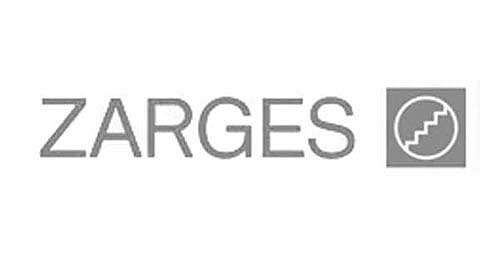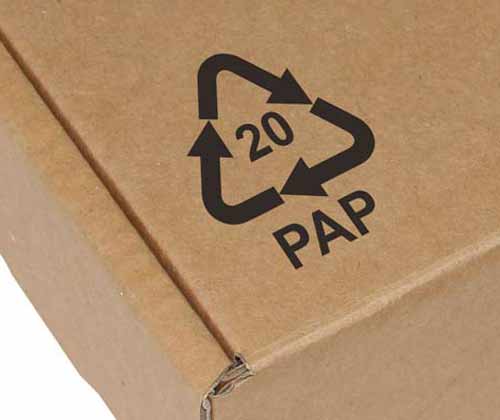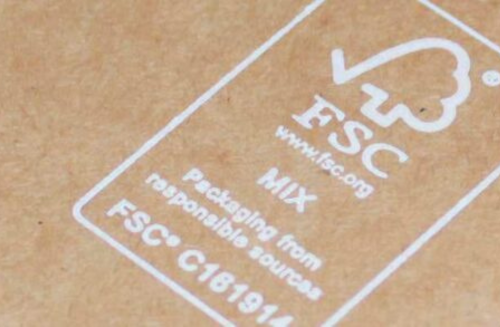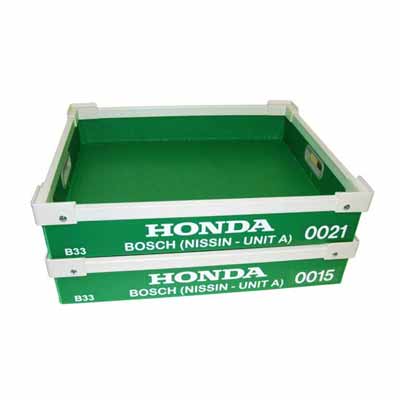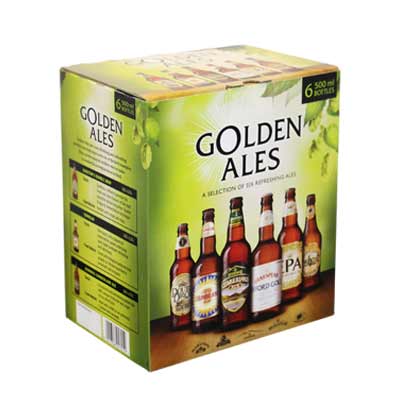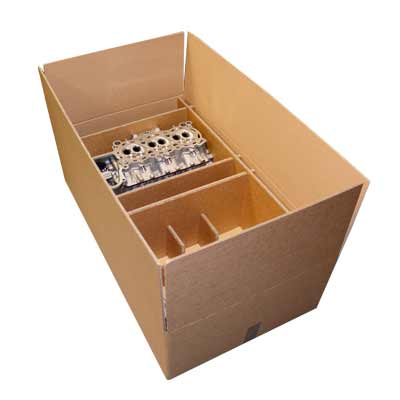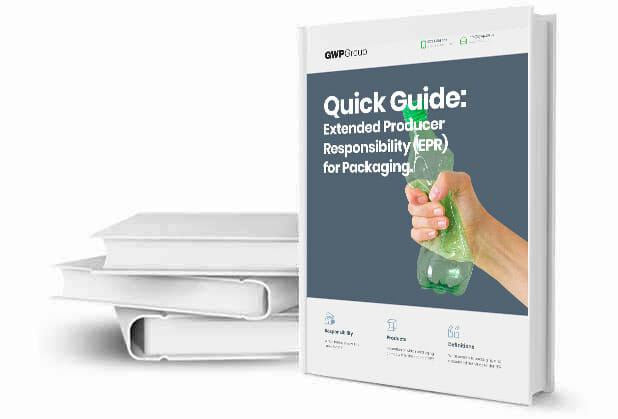Packaging Recycling
How the new government approach is reshaping packaging and recyclability
A new recycling assessment methodology will play a key role in shaping the UK’s Extended Producer Responsibility (EPR) legislation – and could have a noticeable impact on your business.
But what is the recycling assessment methodology? And how will it affect your business?
The Recycling Assessment Methodology (RAM) is a clear and standardised approach to measuring the recyclability of different household packaging materials. It ensures businesses pay fees based on the actual recyclability of their packaging, not just whether it can be collected. This shift in approach will make sustainable packaging choices more cost-effective and push companies toward better environmental practices.
This guide explains the recycling assessment methodology, why it matters, and how to prepare your business. Now is the time to rethink your packaging as the new rules take effect.
Contents
What is the recycling assessment methodology?
The new recycling assessment system
The Recycling Assessment Methodology was officially published in December 2024, and the first data submission from companies is due by October 1, 2025.
This methodology creates a more standardised way of evaluating the recyclability of household packaging materials in the UK. This new methodology is a part of the Extended Producer Responsibility (EPR) legislation. It ensures that businesses contribute fairly to waste management costs based on the recyclability of their packaging.
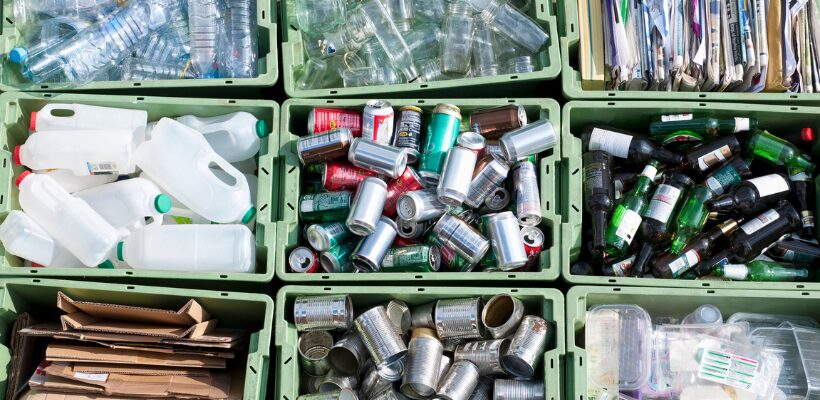
Real-world data from waste management facilities will be used to assess packaging materials’ effectiveness in being collected, sorted, and reprocessed into new products.
Under these new rules, you must report packaging data more accurately. Compliance fees will be calculated based on recyclability, meaning that hard-to-recycle materials will incur higher costs, while those that can be efficiently processed will be incentivised.
How does the recycling assessment methodology work?
How is the assessment conducted?
As part of the recycling assessment methodology, you will assess each packaging component through five key stages of recyclability:
- Classification
- Collection
- Sortation
- Reprocessing
- Application
Each of the stages may produce a different result for each packaging component. The highest result from any stage of the assessment will determine the final category of the product.
The final result of the assessment will be classified using a Red, Amber, Green (RAG) system:
- Red: difficult to recycle.
- Amber: may face challenges during collection, sorting, or reprocessing.
- Green: widely recyclable within the current UK recycling infrastructure.
Preparing for the recycling assessment methodology
Preparation is essential to ensure full compliance
The first step in preparing for the recycling assessment methodology is identifying your primary packaging materials, including all types of packaging across your product range: paper, plastics, metals, glass, and composite materials. Once identified, you can evaluate their recyclability and determine their RAG results.
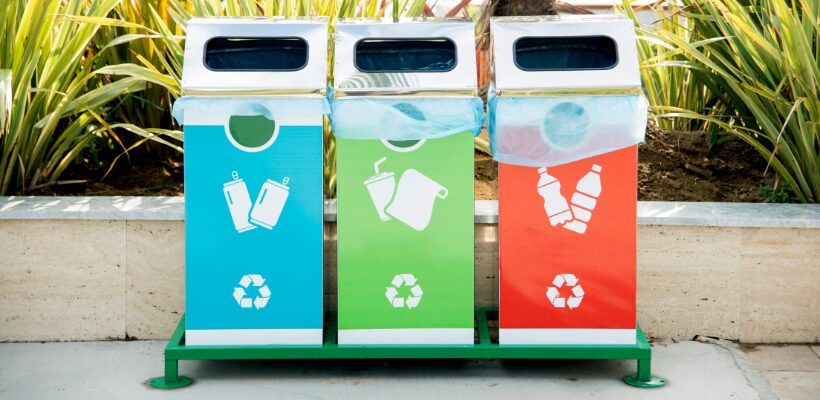
You should ensure you fully understand composition, separability, and how you process the materials at each stage of the recycling journey. You must avoid gaps in your data to ensure that each material is accurately assessed.
For each material assessed, you should ensure that you have evidence to support the RAG classification you are claiming. Verifiable evidence will help to justify your packaging decisions and avoid potential compliance issues.
You can contact your packaging supplier(s) for specific details about their materials. Suppliers may already be familiar with the recycling assessment methodology requirements, and their input could be crucial in ensuring that your packaging meets the necessary standards.
Does the new methodology affect OPRL?
Ensuring consistent recycling communication is essential
Currently, On-Pack Recycling Labels (OPRL) provides recyclability guidelines based on the likelihood of consumers recycling packaging. However, the recycling assessment methodology will set a new national recyclability standard under the EPR legislation.

OPRL has announced plans to adapt its Recyclability Assessment Tool to align fully with the new methodology criteria. They state that research has shown that most consumers turn to packaging for instructions on recycling. Therefore, consistent messaging is crucial when it comes to communicating recycling information.
OPRL’s new Recyclability Assessment Tool helps brands make informed choices around their packaging design to reduce their financial obligations under EPR by analysing data, including the size and weight of components, packaging type, materials, and laminations or coatings.
How does the methodology work with EPR?
Encouraging the use of easily recyclable materials
The EPR legislation makes organisations significantly more responsible for the recovery and recycling costs of their packaging. Variable fees also aim to encourage the use of more easily recycled materials. Affected businesses may need to report packaging use, pay fees, and purchase Packaging Waste Recovery Notes (PRNs).
The recycling assessment methodology will play a crucial role in this law by determining the recyclability of the packaging materials instead of relying on general assumptions or simple recycling methods.
What does this mean for PRNs?
Fair fees for businesses striving for sustainability
The recycling assessment methodology will directly affect PRNs by influencing the packaging recyclability assessments and the fees businesses pay under the EPR legislation.
As the recycling assessment methodology assesses the packaging based on its actual recyclability, more difficult-to-recycle packaging will attract higher PRN fees. This means that more easily recyclable packaging will lead to lower PRN costs.
The link between recyclability and PRN costs creates a financial incentive for businesses to choose more sustainable packaging materials. As companies look to reduce their PRN expenditure, they will be more motivated to switch to eco-friendly, recyclable materials.
Summary
Encouraging a shift towards a circular economy
The recycling assessment methodology is a key part of the UK’s EPR legislation. It ensures businesses pay fees based on the actual recyclability of their packaging. It evaluates the materials using five stages, leading to an RAG result system that determines PRN costs.
To prepare, you must understand your packaging materials, gather accurate data, and work with your supplier to ensure you are compliant. Shifting towards more recyclable materials for your packaging using the recycling assessment methodology will encourage a shift towards a circular economy, benefiting businesses and the environment.
As a customer of GWP, we can advise on changes to your packaging that can help align you with the new legislation, minimising your potential costs and environmental impact. We can also design and manufacture a huge range of sustainable packaging, suitable for virtually any application.
So, if you require assistance regarding the recycling assessment methodology, please get in touch.
About the author

David is responsible for driving improvements in sustainability at GWP and the wider Macfarlane Group, having previously performed a similar role for Zero Waste Scotland.
Important note
Due to the sensitive and regulated nature of the topic this guide addresses (eco-friendly packaging) we have taken extra steps to ensure its accuracy and reliability. You can find out more in our content policy.
All information is, to the best of our knowledge, accurate and correct at the time of publication. Please also note that, as all scenarios vary, not all information contained in this guide may apply to your specific application. There may also be specific regulations or laws, not covered within this particular guide, that apply. Please view the list of sustainable packaging regulations for further details.
Share this article
Further reading
Products in this guide
Get in touch
Related guides
Recycling codes and resin identification symbols (for packaging)
What is sustainable packaging? And why it matters to your business
What is the packaging extended producer responsibility (EPR)?
PAP 20 logo – what is it, and should you be using it on your packaging?
A beginners guide to the Plastic Packaging Tax
Recycling symbols on packaging (+ free downloads)
Corrugated board grades explained: types of cardboard
How is cardboard recycled? A step-by-step explanation







